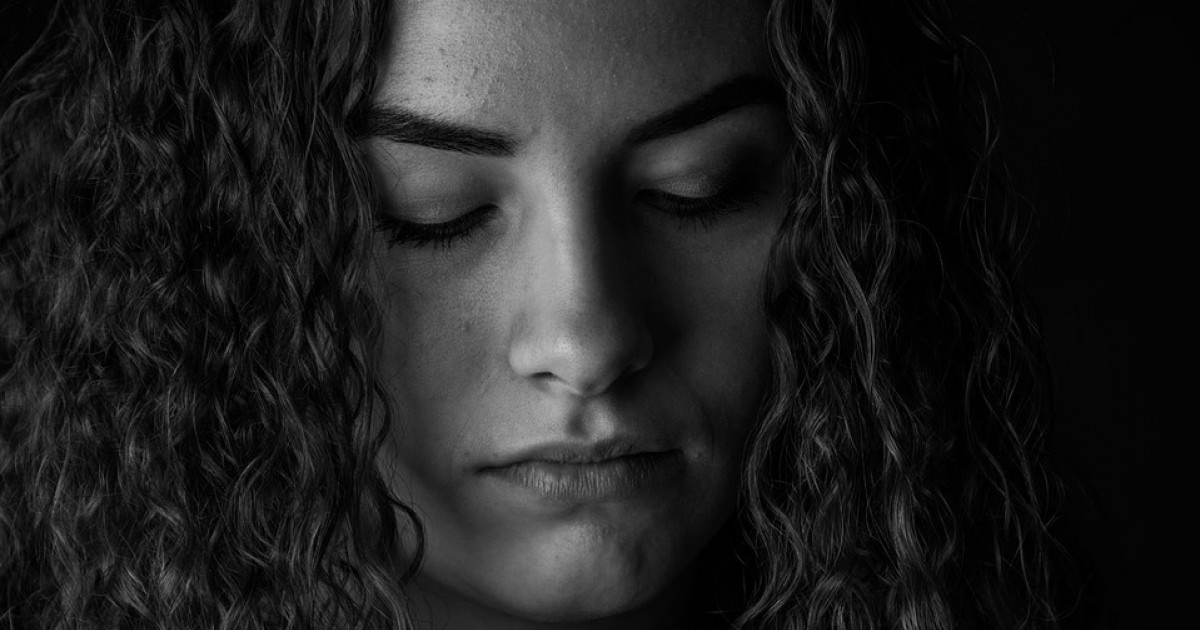Vulvodynia: Types, Symptoms, Causes, and Management
Vulvodynia is a chronic pain condition affecting the vulvar region, often misunderstood and underdiagnosed. This article explores the types, symptoms, potential causes, and current treatments available for managing this often debilitating condition, alongside practical preventive measures.
What is Vulvodynia?
Vulvodynia describes a chronic pain condition characterized by discomfort and pain in the vulvar area, without an identifiable cause. This discomfort can manifest as a burning sensation or general pain, sometimes accompanied by vulvar swelling.
Symptoms vary in intensity and severity among individuals, appearing either constantly or sporadically but recurrently. Sensations can be localized to specific points on the vulva or present as a diffuse, generalized ache. The pain ranges from mild irritation to a sharp, incapacitating pain. These symptoms can also change over time within the same person, often worsening at night, during menstruation, periods of stress, or in cold, humid environments.
For a vulvodynia diagnosis, symptoms must persist for over three months, potentially appearing suddenly without obvious cause. In other instances, pain is triggered by a mild stimulus disproportionate to the discomfort experienced, such as light touch, walking, exercise, or tampon insertion. The significant discomfort can impede daily activities like cycling and, critically, cause substantial challenges with sexual intimacy due to pain upon contact.
Historically, the inability to identify physical causes led vulvodynia to be misconstrued as a psychosomatic illness, often linked to high anxiety and stress in women. This perception contributed to patients’ reluctance to seek help.
Types of Vulvodynia
Vulvodynia presents in various ways, with differing symptom locations and intensities, leading to distinct classifications: Generalized Vulvodynia and Localized Vulvodynia (Vulvar Vestibulitis Syndrome).
1. Generalized Vulvodynia
This type involves widespread symptoms across the entire vulvar area. Discomfort can be continuous or intermittent, occurring without specific triggers or in response to pressure or friction. In some cases, the pain is accompanied by cutaneous changes in the perineal area, such as redness, as well as rectal and urethral issues, or muscle spasms in the pelvic floor.
2. Localized Vulvodynia (Vulvar Vestibulitis Syndrome)
Clinically known as Vulvar Vestibulitis Syndrome (VVS), this is the most common classification. Pain occurs in specific localized areas, most frequently around the vaginal opening (vestibule). This burning or painful sensation can appear suddenly without apparent cause or be triggered by contact or pressure. While not always present, VVS can be associated with or caused by other physical conditions like various types of cystitis, irritable bowel syndrome, or even fibromyalgia.
Symptoms of Vulvodynia
While vulvodynia symptoms can differ between individuals, several common signs are frequently reported:
- Intense pain or burning sensation in the vulva, potentially extending to the urethra, clitoris, or anal area.
- Severe sensation of abrasion, sometimes leading to small lesions or cuts in the affected area.
- Severe vaginal dryness accompanied by itching.
- Stinging sensation in the affected area.
- Pain resembling an electric shock.
- Pain similar to that caused by blunt trauma to the area.
- Anal or rectal pain.
- Increased pain during activities such as sitting or cycling.
The severity and presentation of these symptoms can significantly impact a person’s quality of life, often making intimate or sexual relations impossible. This interference with daily life can lead to profound frustration and may even contribute to severe depressive disorders.
Causes of Vulvodynia
The exact causes of vulvodynia remain largely unknown. However, it is hypothesized that repeated inflammatory infections may be a primary trigger for this condition. These infections can result from inadequate intimate hygiene, exposure to certain chemicals or synthetic fabrics, or overly intense physical activities or sexual intercourse, among other factors.
Key factors potentially linked to vulvodynia include:
- Injury or inflammation of nerves surrounding the vulvar area.
- Vaginal infections.
- Allergies or reactive skin.
- Hormonal imbalances.
- Pelvic floor weakness.
Treatment for Vulvodynia
Due to the complexity and limited understanding of vulvodynia, a universally effective treatment that permanently resolves symptoms has not yet been developed. However, various treatments focus on alleviating symptom severity and recurrence, tailored to the specific characteristics of each case. This typically involves a combination of different therapeutic interventions:
- Pharmacological treatments, including steroids, tricyclic antidepressants, or anticonvulsants to manage pain, and antihistamines for itching.
- Biofeedback therapy, where individuals learn to relax pelvic muscles and reduce pain.
- Local anesthetic medications.
- Nerve blocks.
- Pelvic floor exercises.
- Surgery to remove affected tissue areas (reserved for the most severe cases).
Preventing Vulvodynia
As the precise causes of vulvodynia are unknown, definitive prevention methods are not fully established. Nevertheless, certain measures can be adopted to reduce the likelihood of onset or, if already suffering, to decrease the intensity of discomfort. These hygiene and behavioral recommendations include:
- Wearing cotton underwear, preferably white.
- Opting for comfortable, loose-fitting clothing.
- Washing with mild, perfume-free intimate soaps. For frequent washing, use only water.
- Avoiding continuous use of sanitary pads or pantyliners; instead, use 100% cotton alternatives.
- Not holding urine.
- Using water-based lubricants that are as natural as possible.
- Avoiding physical activities that involve continuous rubbing or friction in the vulvar area, such as certain types of cycling.
- If discomfort occurs after sexual intercourse or urination, apply cold compresses or refresh the affected area.

